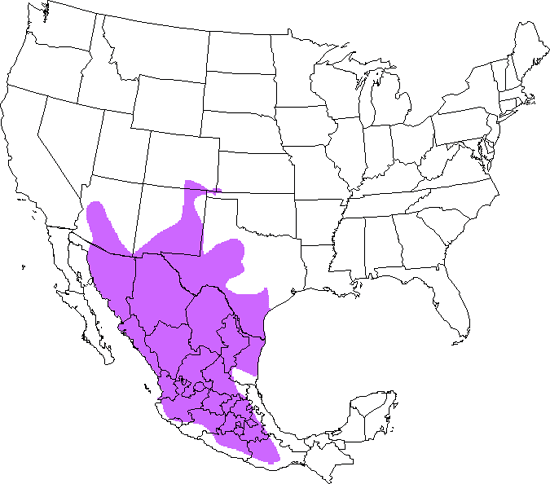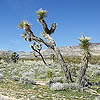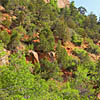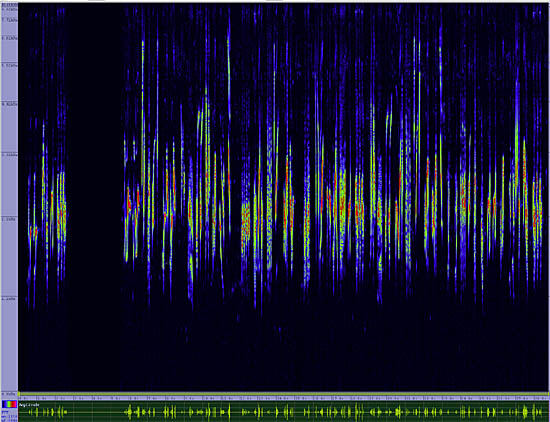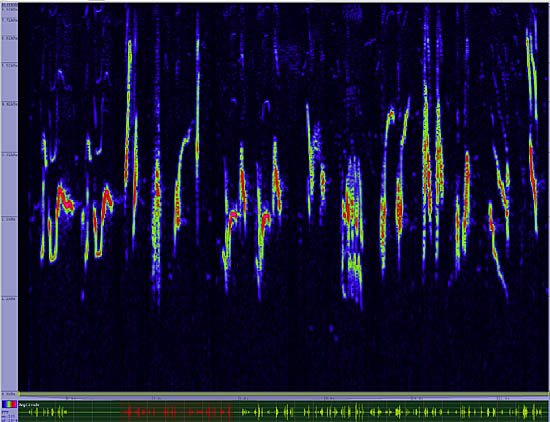Curve-billed Thrasher
Toxostoma curvirostre

Perching
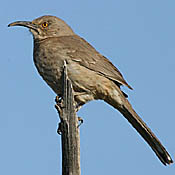
Length: 11 in. (28 cm )
A common garden bird in desert cities and suburbs, this thrasher also inhabits remote and dry desert areas. It tosses leaves and dry vegetation on the ground far to the side with its long, sickle-shaped bill and uncovers the spiders, snails, insects it likes to eat. The Curve-billed Thrasher also enjoys seeds at feeders, and when it arrives all other species, even large doves, beat a hasty retreat. The nest is a bulky cup-like affair placed in the middle of a sharp-needled cholla, other dense cactus, or thorny shrub.
The four-digit banding code is CBTH.
Bibliographic details:
- Article: Curve-billed Thrasher
- Author(s): Dr. Biology
- Publisher: Arizona State University School of Life Sciences Ask A Biologist
- Site name: ASU - Ask A Biologist
- Date published: 13 Jul, 2017
- Date accessed:
- Link: https://askabiologist.asu.edu/activities/bird/curve-billed-thrasher-0
APA Style
Dr. Biology. (Thu, 07/13/2017 - 21:07). Curve-billed Thrasher. ASU - Ask A Biologist. Retrieved from https://askabiologist.asu.edu/activities/bird/curve-billed-thrasher-0
Chicago Manual of Style
Dr. Biology. "Curve-billed Thrasher". ASU - Ask A Biologist. 13 Jul 2017. https://askabiologist.asu.edu/activities/bird/curve-billed-thrasher-0
Dr. Biology. "Curve-billed Thrasher". ASU - Ask A Biologist. 13 Jul 2017. ASU - Ask A Biologist, Web. https://askabiologist.asu.edu/activities/bird/curve-billed-thrasher-0
MLA 2017 Style
Be Part of
Ask A Biologist
By volunteering, or simply sending us feedback on the site. Scientists, teachers, writers, illustrators, and translators are all important to the program. If you are interested in helping with the website we have a Volunteers page to get the process started.


